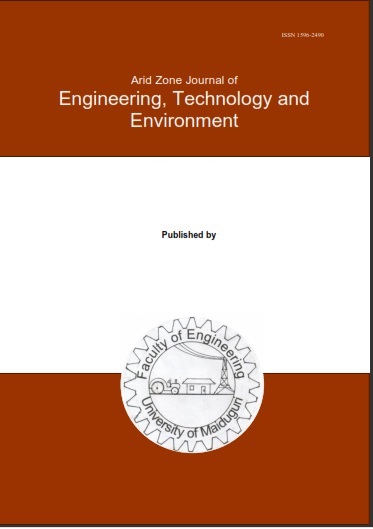Abstract
Over time, the global energy landscape has shifted from localized, experimental systems to complex, interconnected power grids. Understanding the historical trajectory of these developments provides crucial insights into shaping a sustainable energy future. In light of escalating energy demand, environmental degradation and fossil fuel depletion, there is an urgent need to transit toward cleaner, more sustainable sources of electricity. While renewable energy technologies offer promising alternatives, countries like Nigeria face unique challenges in identifying the most viable options for large-scale deployment. This study employs a structured literature review to examine both the historical evolution and current landscape of power generation technologies. The review encompassed conventional systems (e.g., fossil fuels, nuclear) and renewable sources (e.g., hydro, wind, geothermal, solar). Findings show that past power transitions were driven by more than just technological superiority—they were shaped by economic, institutional, and societal factors. Drawing from this, the study identifies solar power as the most promising renewable option for Nigeria, due to its abundant sunlight, declining costs, and ease of deployment across diverse locations. Compared to wind, tidal, and geothermal energy, solar presents a more practical and scalable solution for off-grid and rural electrification. This insight is reinforced by historical parallels, such as the role of complementary innovations and institutional support in the dominance of alternating current power systems. Solar power stands out as Nigeria’s most feasible pathway toward sustainable and resilient energy development. Lessons from historical power transitions highlight the importance of aligning technological innovation with supportive policy, infrastructure, and public engagement. As the country navigates its energy future, prioritizing solar investment and integration will be vital for achieving environmental sustainability, economic growth, and long-term energy security.

This work is licensed under a Creative Commons Attribution-NonCommercial-NoDerivatives 4.0 International License.
Copyright (c) 2025 ARID ZONE JOURNAL OF ENGINEERING, TECHNOLOGY AND ENVIRONMENT

